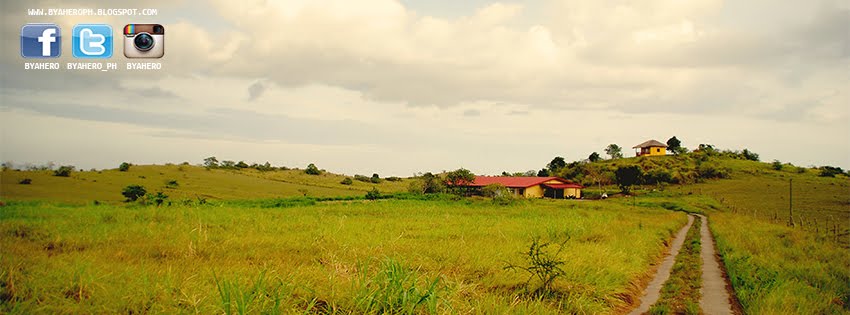Iwahig Prison and Penal Farm in Puerto Princesa City, Palawan, Philippines is one of seven operating units of the Bureau of Corrections under the Department of Justice.
History
The Spanish regime had earlier designated Puerto Princesa, Palawan as a place where offenders sentenced to banishment were exiled, but the facility was established only during the American occupation. Governor Luke Wright authorized the establishment of a penal colony in the province of Palawan on November 16, 1904. This penal settlement, which originally comprised an area of 22 acres, served as a depository for prisoners who could not be accommodated at the Bilibid Prison in Manila. A prison facility was created by the American military in the rain forest of Puerto Princesa. Lieutenant George Wolfe, a member of the U.S. expeditionary force was the prison's first Director.
The Department of Commerce and Police moved the institution to the center of the colony. The Philippine Commission of the United States government passed Act No. 1723 in 1907, classifying the settlement as a penal institution.
Escape attempts was the first problem that the colony experienced but because of the efforts of Col. John R. White of the Philippine Constabulary, the settlement became a successful colony. White became the superintendent of Iwahig in 1906. Vocational activities were available which includes farming, fishing, forestry, and carpentry. Prisoners were free to choose the vocational activities they wanted.
In 1955, President Ramon Magsaysay promulgated Administrative Order No. 20 which allowed the distribution of colony lands for cultivation by deserving colonists. This was implemented by the Secretary of Justice Pedro T. Tuazon. and Agriculture and Natural Resources Secretary Juan G. Rodriguez. Granting qualified colonist six hectares of land.
President Carlos P. Romulo created a committee on August 16, 1959 to study the state of national prisons. The prisoners in Iwahig were divided into two groups, settlers and colonists. The settlers are prisoners whose applications for land to cultivate have been approved. Tools, dwellings and beasts of burden were furnished by the government. Expenditures incurred for their maintenance and for their families were reimbursed from the products of their farms. Settlers receive any amount of money they have loaned after the government deducts their obligations.
During that time, Iwahig was subdivided into four zones or districts: Central sub-colony with an area of 14,700 hectares; Sta. Lucia with 9,685 hectares; Montible with 8,000 hectares and Inagawan with 13,000 hectares.
Source: Wikipedia












.jpg)

.jpg)



No comments:
Post a Comment